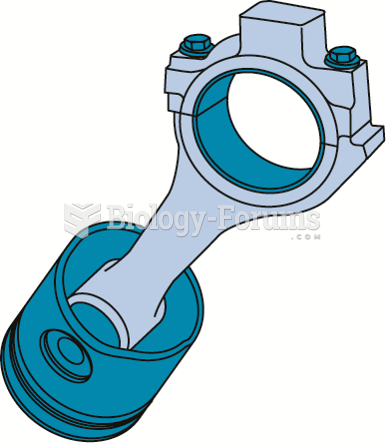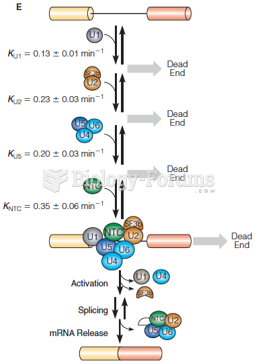Answer to Question 1
Products are built either according to plan or to demand. Their production occurs via either a make-to-stock (MTS) or a make-to-order (MTO) manufacturing process. MTO can be segmented into three variations: assemble-to-order (ATO), build-to-order (BTO), and engineer-to-order (ETO). Each process is appropriate for some types of products.
Make-to-stock is the traditional production method where end-item products are finished before receipt of a customer order.
Assemble-to-order product assembly commences after receipt of a customer's order. The finished ATO product is generally a combination of common components and a limited number of options or accessories made available to the customer. The individual components are often stocked in anticipation of demand, but the finished goods are not assembled until customers place orders for their desired products.
The build-to-order production approach also delays assembly until a confirmed order is received for the product. The end-item finished product is generally a combination of standard and custom-designed components that meet the unique needs of a specific customer. It differs from ATO in the higher level of customization and lower volume level of production. BTO is considered a good choice for products that require some custom configuration, such as a private jet where the aircraft is a standard model but the customer specifies the avionics and interior design. It is also effective for situations where holding finished goods inventories in anticipation of demand is very expensive.
Engineer-to-order production focuses on the creation of highly tailored products for customers whose specifications require unique engineering design or significant customization. In this manufacturing environment, no two products are identical, and each order requires detailed cost estimates and tailored pricing. Also known as project manufacturing, successful ETO initiatives depend on effective collaboration between all supply chain participants.
Answer to Question 2
One way for a retailer to grow is to offer additional services to better serve the customers it already has. This includes grocery stores that have added other things like banks, photography studios, nail salons, florists, etc. A second strategy is to maintain its focus on its current services but reach out to attract new segments of customers. Or, a retailer can decide to go multisite by opening additional stores. When they do this, they have to make sure they are able to do quality control across locations.







